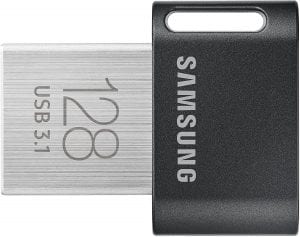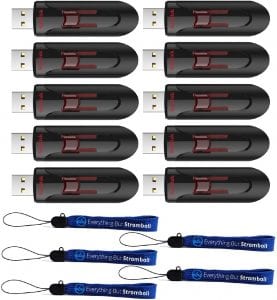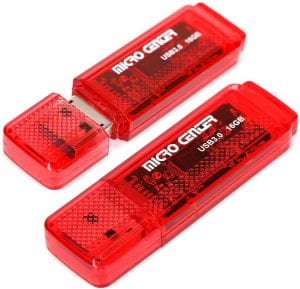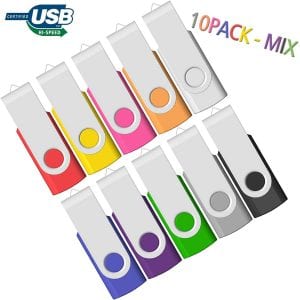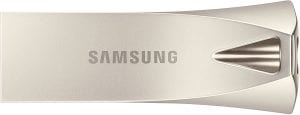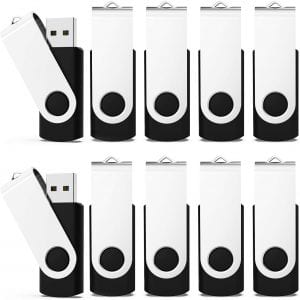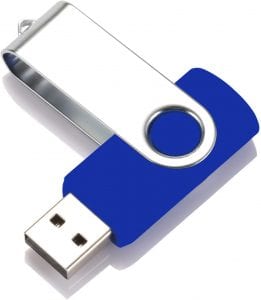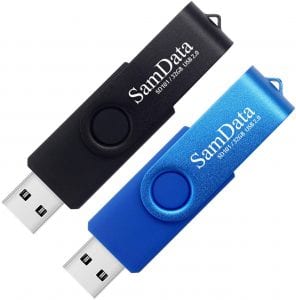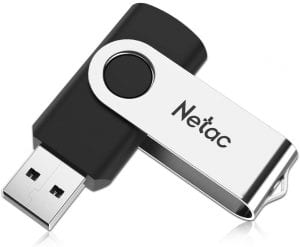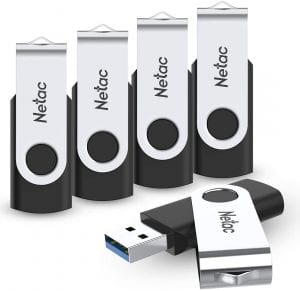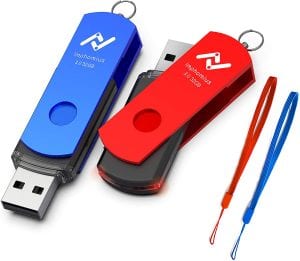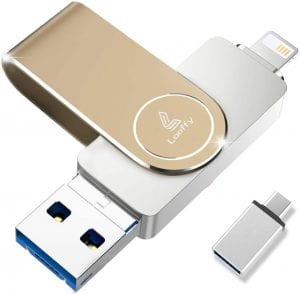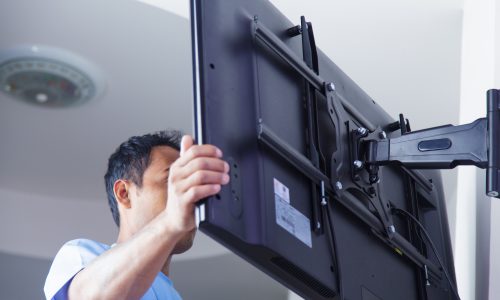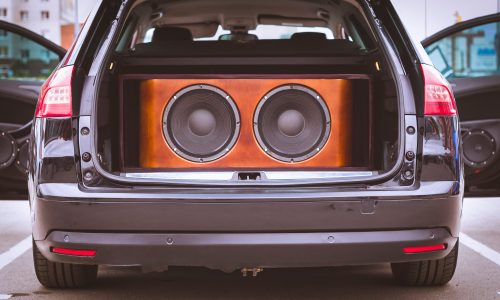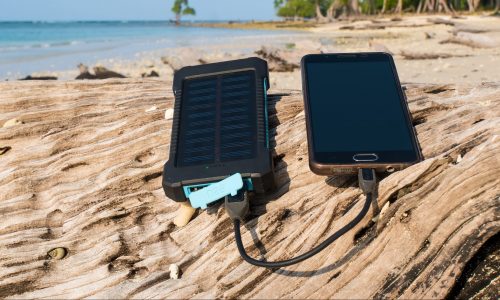The Best USB Flash Drive
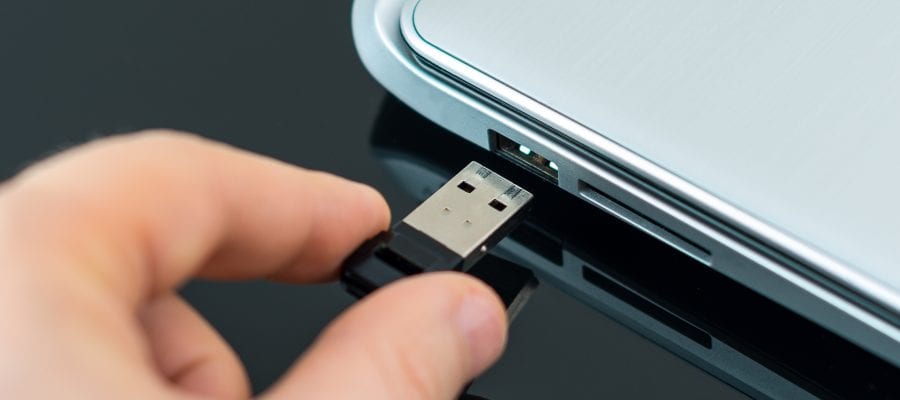
Our Review Process
Don't Waste Your Money is focused on helping you make the best purchasing decision. Our team of experts spends hundreds of hours analyzing, testing, and researching products so you don't have to. Learn more.
Our Picks For The Top USB Flash Drives
- 1. SanDisk 64GB Ultra USB 3.0 Flash Drive
- 2. Samsung FIT Plus 128 GB USB 3.1 Flash Drive
- 3. SanDisk 128GB Cruzer Glide 3.0 USB Flash Drive, 10-Pack
- 4. Netac 64GB 3.0 USB Flash Drive
- 5. JBOS 4GB Swivel Thumb USB Flash Drive, 10-Pack
- 6. SAMSUNG BAR Plus 32GB USB 3.1 Flash Drive
- 7. KEXIN Swivel 2GB Flash Drive, 100-Pack
- 8. MECHEER 64GB 2.0 USB Flash Drive
- 9. SamData 32GB USB Flash Drive, 2-Pack
- 10. Micro Center SuperSpeed 16GB USB 3.0 Flash Drive, 2-Pack
- 11. Netac 16GB 2.0 Swivel USB Flash Drive
- 12. Netac Swivel 8GB 3.0 USB Flash Drive, 5-Pack
- 13. Imphomius 32GB USB 3.0 Flash Drive, 2-Pack
- 14. Looffy 128GB 3.0 USB Flash Drive & Photo Stick
- 15. GARRULAX 32GB 2.0 USB Flash Drive
Featuring 128-bit AES encryption and secure passwords, this USB flash drive lets you transfer files quickly and keep them safe. With read speeds up to 100MB/s, it also comes with a download of data recovery software.
Password-Protected and Encrypted Opt for the assurance of security when you choose this speedy USB flash drive.
This high-capacity USB flash drive has an extra low profile designed for "plug and stay.” Plug it into your laptop to instantly add up to 256GB of extra storage. The ultra-fast USB 3.1 technology allows for seamless data transfer between your laptop and this fabulous additional storage device.
Plug and Stay This durable and compact high-capacity drive is a great choice when you need no-fuss extra storage.
You'll want to take advantage of this USB flash drive bundle, as it comes with 10 USB flash drives and five lanyards. The flash drives are designed to make quick work of transferring data from any USB Type A enabled device. In fact, you can download a full-length movie in just 30 seconds.
Complimentary Lanyards IncludedYou won't need a cap for this USB flash drive, as the connector is retractable.
This series of USB flash drives comes in five color-coded capacities, like this red 16 GB one. Sold in packs of two, this economical choice features wide compatibility, high-speed transfer and a lightweight design.
Color-Coded ConvenienceFor fun colors that let you never forget which files are stored where, choose this versatile USB flash drive option.
Buying Guide
USB flash drives are ubiquitous and versatile, providing either semi-permanent extra storage or an easy way to move files between devices.
When buying USB flash drives, the first consideration is how much memory to purchase: Look to get a bit more than you think you’ll need. It’s better to buy a 16-gigabyte drive straight off than to buy an 8 gigabyte one and end up needing a second.
Another consideration is durability. Given how small USB flash drives are, they are often fragile. Look for USB drives made from materials like aluminum, or flash drives rated against water, shock and magnets.
Also consider security. Many flash drives come with encryption and password-protection, which can be an easy and cheap investment to protect your data.
Finally, while low-profile tiny drives can be an attractive option, especially as semi-permanent additional storage for a desktop or laptop, consider physically larger thumb drives or thumb drives made to be attached to a keychain.
USB flash drives are easily and commonly lost, so a way to keep track of it or attach it to your person can help prevent the unfortunate loss of treasured photographs or important files. If you plan to attach a drive to a keychain, make sure it’s waterproof. Lost USB drives are also a good reason for encryption and password protection.
What to Look For
- Check the USB version of both the drive and of the devices to which you plan to connect it. The most recent standard, as of 2019, is USB 4, which requires USB-C connectors. However, many common devices today still use USB 3.1 or 3.0.
- USB 3.0 and 3.1 devices are backward-compatible in that they will work with USB 2.0 and lower standards, but you won’t get the same speed as with modern devices. If your read and write speeds are low, this is likely the reason.
- Think carefully before labeling your flash drives. On the one hand, it can help tell similar drives apart or remind you what you stored where. On the other hand, it can be a security risk.
More to Explore
USB flash drives epitomize how the price of storage has followed and even exceeded the predictions of Moore’s Law, which theorizes that the number of transistors in a dense integrated circuit will double every two years. In a series on the price of storage, ComputerWorld noted that since IBM manufactured the first disk drive in 1956, the price of a single gigabyte of memory has fallen from $2 million in the middle of the 20th century to just 2 cents or less today.


